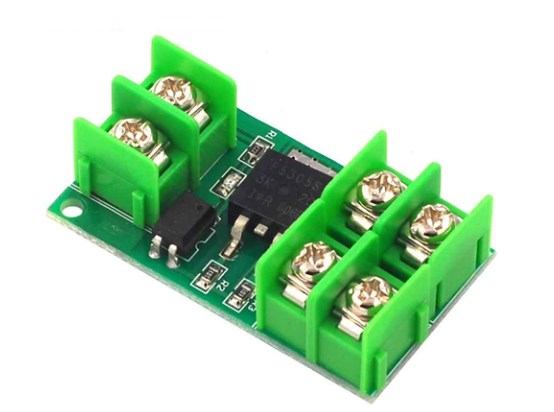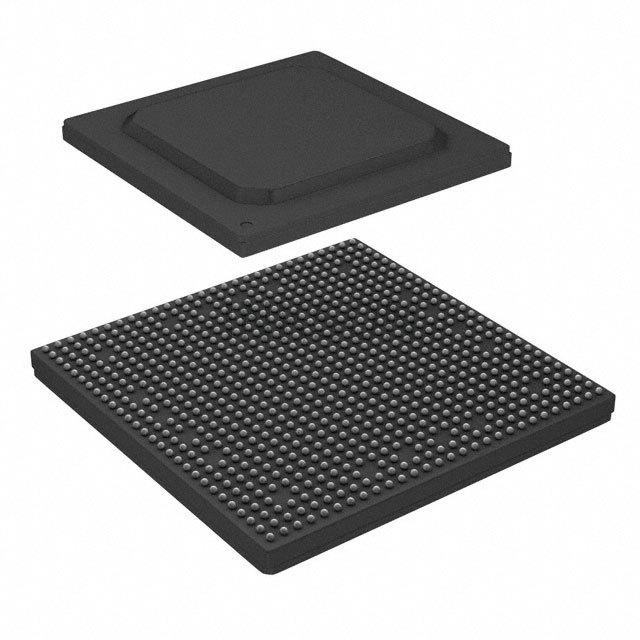MOSFETs are a type of field-effect transistor commonly used in a wide range of electronic devices due to their high input impedance, good switching characteristics, and low power consumption. MOSFETs are extensively utilized in digital and analog circuits, power electronics, amplifiers, and as switches. They come in various forms, such as enhancement mode and depletion mode, and are available in N-channel and P-channel configurations. If you have specific questions or want to know more about MOSFETs, feel free to ask!

一、What is a MOS Tube
It seems like "MOS Tube" is a term that's not commonly used. However, it may be a variation or an older term referring to the MOSFET (Metal-Oxide-Semiconductor Field-Effect Transistor). The MOSFET is a semiconductor device used for amplifying or switching electronic signals. It's composed of a metal gate, an oxide insulator, and a semiconductor substrate. The MOSFET is a fundamental component in modern electronics and is found in a wide array of applications, including digital circuits, power amplifiers, and other electronic systems. If you have a specific context or use of the term "MOS Tube" in mind, please provide more details, and I'd be happy to offer more targeted information.

二、Structures of MOS Tubes
Metal-Oxide-Semiconductor (MOS) transistors, often simply referred to as MOSFETs, come in various structures, depending on their specific applications and fabrication techniques. Here are the two main structures for MOSFETs:
-
Bulk MOSFET:
-
Planar MOSFET: In this structure, the MOSFET is fabricated on a single, solid piece of semiconductor material. The gate is placed on top of an insulating layer (typically silicon dioxide), which is on top of the semiconductor material (the bulk). This is the most common structure for MOSFETs. These are widely used in integrated circuits due to their compatibility with the planar processing used in standard CMOS technology.
-
SOI MOSFET (Silicon-On-Insulator): In this implementation, the MOSFET is built on a thin layer of silicon that is isolated from the substrate by an oxide layer. This creates a more isolated structure with reduced parasitic capacitance, providing potentially better performance at high frequencies and lower power consumption.
-
-
MOSFET with Multiple Gates:
-
FinFET (Fin Field-Effect Transistor): A newer style of MOSFET where the conducting channel is wrapped around by the gate on multiple sides, providing better control over the channel and reducing leakage current compared to traditional planar MOSFETs.
-
Tri-gate Transistor: A 3D structure where the gate wraps around three sides of a raised channel, allowing for better control of the channel and improved electrostatic characteristics.
-
These structures allow for a variety of performance characteristics that can be tailored to specific applications, such as speed, power consumption, and integration density. Each structure has its own manufacturing process and electrical properties which are optimized for various applications in digital, analog, and power electronics.

三、Applications of MOS Tubes
Metal-Oxide-Semiconductor Field-Effect Transistors (MOSFETs), commonly referred to as MOS tubes, are utilized in a wide range of electronic applications due to their versatility and robust performance. Here are some of the key application areas for MOSFETs:
-
Digital Integrated Circuits: MOSFETs form the building blocks of most digital integrated circuits (ICs). They are used in microprocessors, memory chips, and all sorts of digital logic circuits due to their excellent switching characteristics and low power consumption.
-
Analog Circuits: In addition to digital circuits, MOSFETs are extensively used in analog applications such as amplifiers, voltage regulators, and low-noise signal processing circuits.
-
Power Electronics: MOSFETs are widely employed in power electronic devices such as power supplies, motor control circuits, inverters, and DC-DC converters due to their capability to handle high power levels and high switching frequencies.
-
Radio Frequency (RF) Applications: MOSFETs are used in RF power amplifiers due to their ability to efficiently handle high frequencies and high power levels, making them suitable for applications such as wireless communication systems.
-
Switching Circuits: MOSFETs are employed as switches in a wide range of applications, including relay replacement, power management, and motor control due to their fast switching speeds and low on-state resistance.
-
Lighting Applications: MOSFETs are used in LED lighting applications for their ability to efficiently control the current supplied to the LEDs, enabling adjustable brightness and energy efficiency.
-
Automotive Electronics: MOSFETs are extensively used in various automotive systems, including engine control units, power steering, lighting, and battery management systems due to their high efficiency and reliability.
-
Voltage Regulators: MOSFETs are used in voltage regulator circuits due to their ability to handle high currents, low on-state resistance, and high switching speeds.
-
Battery Management Systems: MOSFETs are employed in battery charge and discharge management systems for their low power consumption and high efficiency in handling power flow.
The applications of MOSFETs continue to expand as new variations and improvements in their design and fabrication processes are developed, enabling more efficient and specialized performance for a variety of electronic systems.
四、3 Points for Choosing the Right MOS Tube
When selecting a MOSFET (Metal-Oxide-Semiconductor Field-Effect Transistor) for a particular application, several key factors need to be considered to ensure optimal performance. Here are three important points to consider when choosing the right MOSFET for a specific application:
-
Operating Parameters and Environment: It’s crucial to consider the operating conditions of the MOSFET. This includes parameters such as the maximum and continuous drain-source voltage, maximum drain current, threshold voltage, and power dissipation. Additionally, the operating environment, such as temperature and humidity, can impact the MOSFET's performance and longevity. Selecting a MOSFET that can operate within these specified parameters ensures reliability and longevity in the intended application.
-
Switching Speed and Power Handling: Different MOSFETs have varying switching speeds and power-handling capabilities. For applications requiring high-frequency switching, such as in power supplies or motor control, it's important to choose a MOSFET with low gate charge and low on-state resistance to minimize losses and improve efficiency. For high-power applications, selecting a MOSFET with a higher current and voltage rating to comfortably handle the power requirements is essential.
-
Protection Features and Efficiency: MOSFETs with built-in protection features, such as overcurrent protection, overtemperature protection, and ESD protection, can enhance the reliability and robustness of the system. Consideration should also be given to the MOSFET's efficiency, particularly in applications where minimizing power losses is crucial. This encompasses evaluating the MOSFET's on-state resistance (RDS(ON)), which directly impacts conduction losses, as well as the device’s overall thermal performance.
By evaluating these crucial factors, engineers can select the most suitable MOSFET for a specific application, taking into account both performance requirements and operational conditions.


